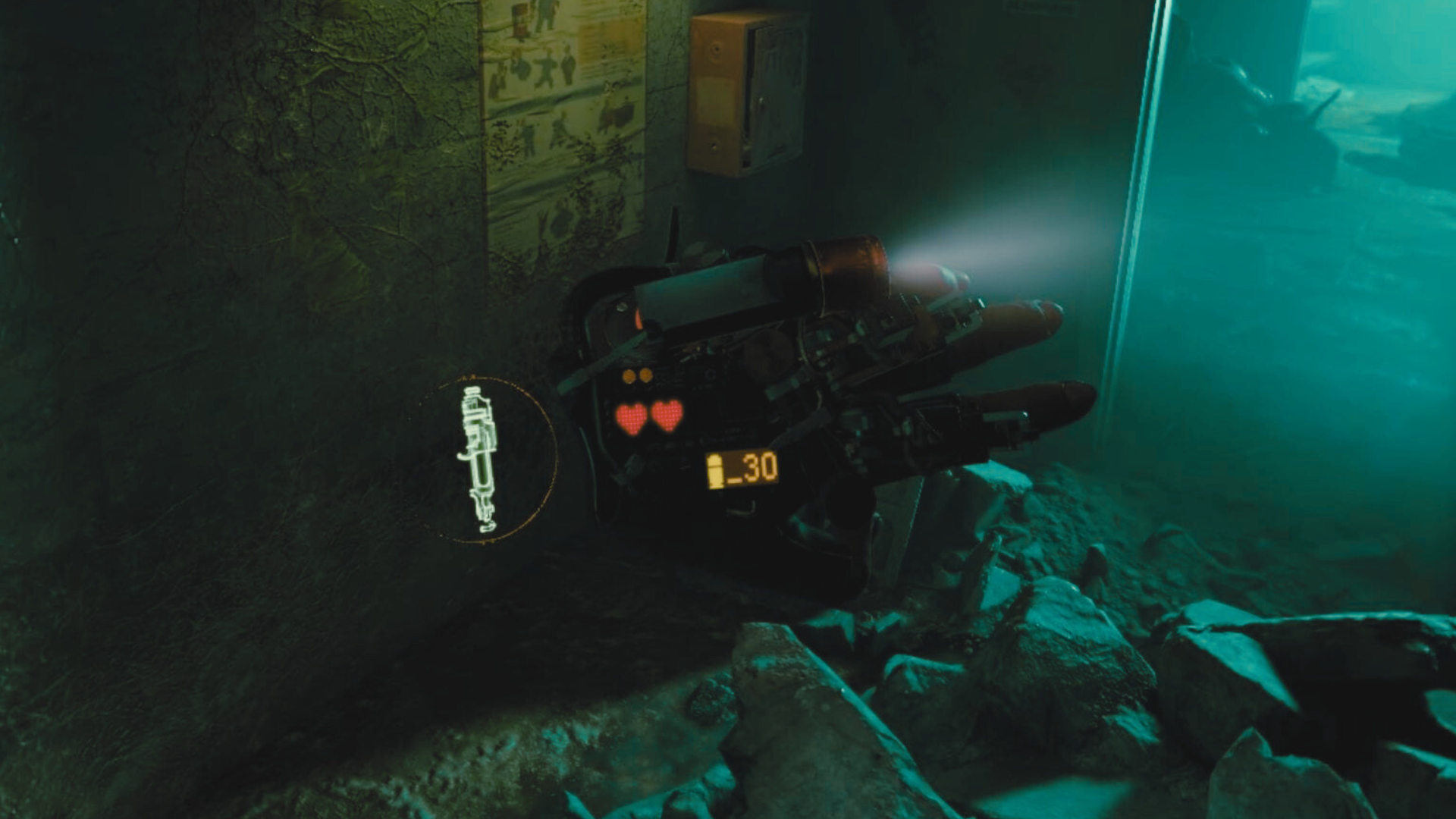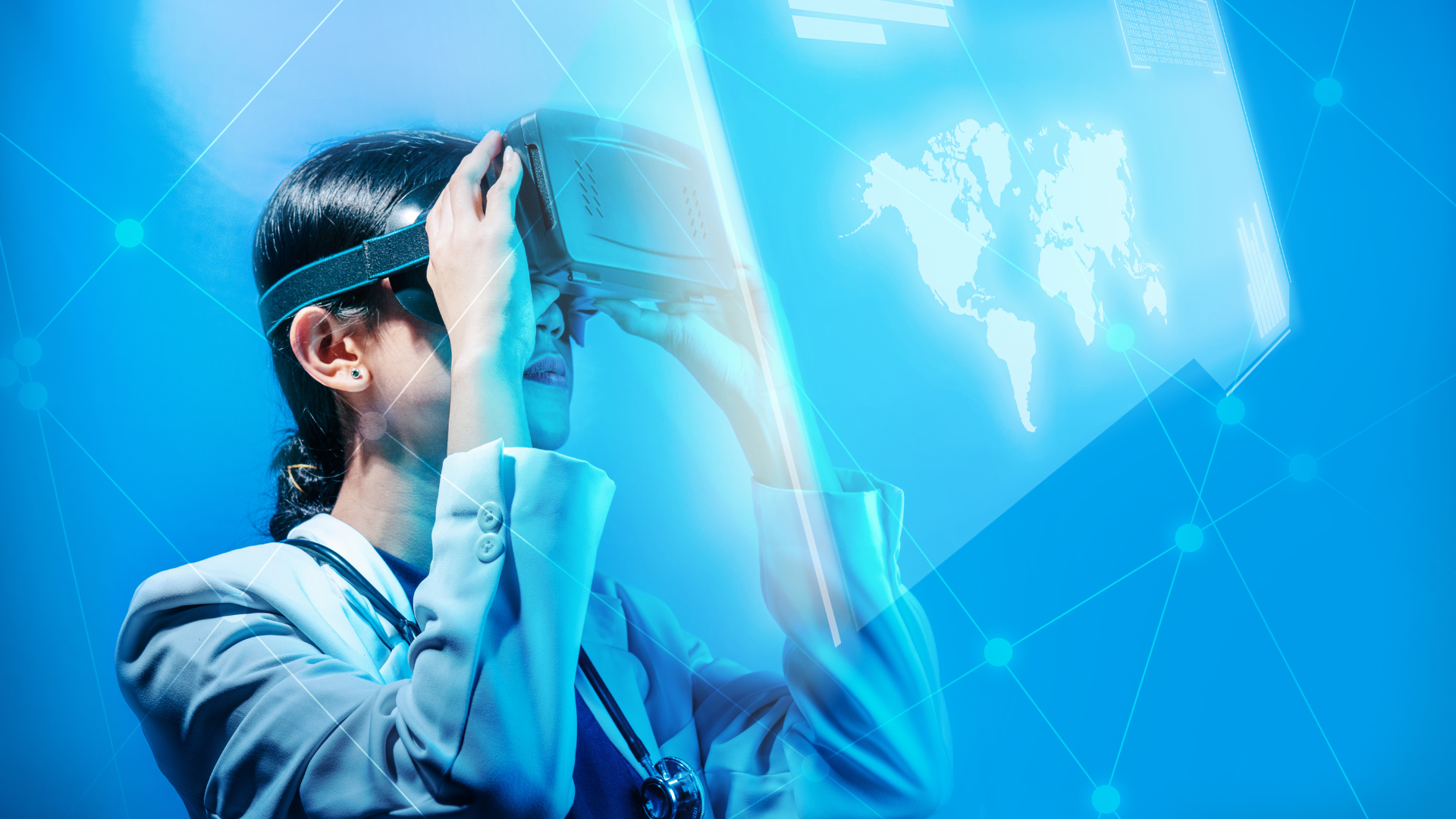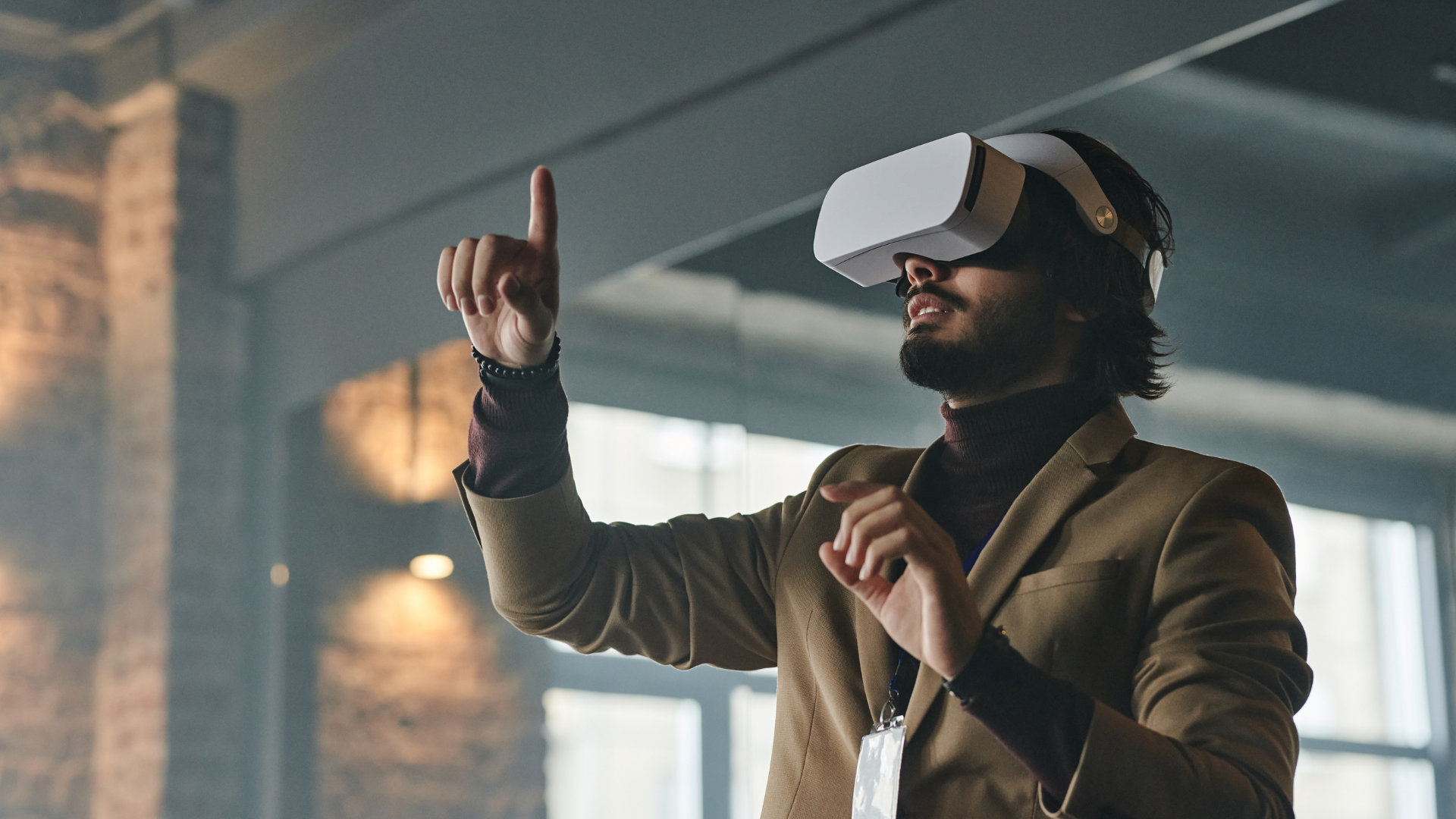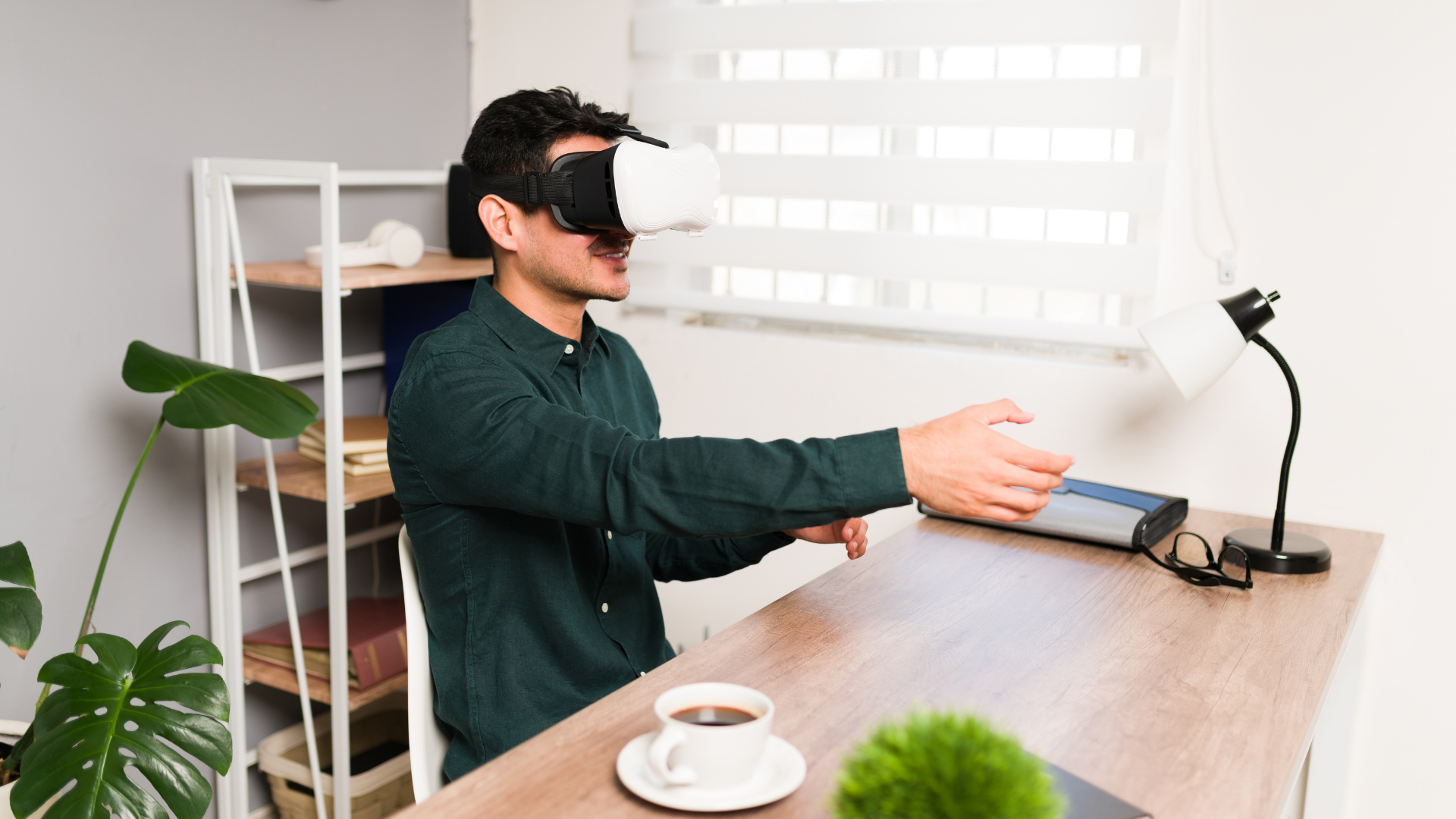· 4 min read
The Power of Spatial Audio in XR Experience
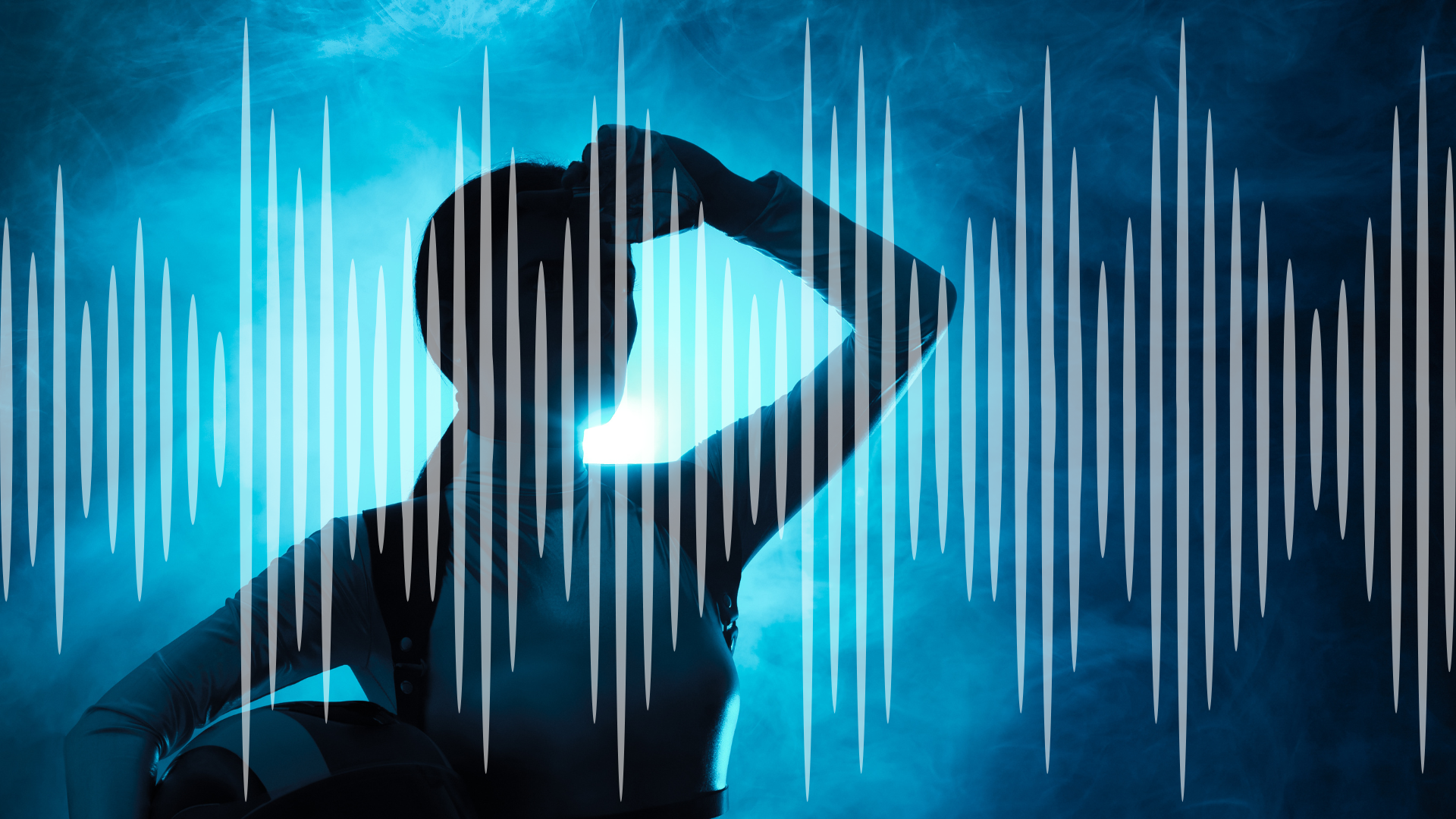
In XR (extended reality), immersion goes beyond just visuals and interactions. Sound plays a critical role in making digital environments feel lifelike and believable. Spatial audio, also known as 3D audio, creates a dynamic auditory landscape that responds to the user’s position and movements, enhancing both realism and engagement.
What is Spatial Audio?
Spatial audio refers to the simulation of sound directionality, distance, and depth in a virtual or augmented environment. Unlike traditional stereo audio, which delivers sound in a flat left-right space, spatial audio enables sounds to come from above, below, behind, and around the user. This creates an experience that closely mirrors how we perceive sound in the real world.
How Does It Work?
Spatial audio is achieved using techniques such as:
- HRTF (Head-Related Transfer Function): Models how sound waves interact with a user’s head and ears to simulate realistic positioning.
- Binaural Audio: Captures sound as if heard from a human’s ears, creating a 3D effect in headphones.
- Ambisonics: A full-sphere surround sound technique that allows audio to move dynamically in response to head tracking.
- Occlusion and Reverb: Adjusts audio properties based on environmental factors like walls, open spaces, or materials.
Why Spatial Audio Matters in XR
Enhanced Immersion
A well-crafted soundscape makes virtual experiences more believable. In a VR game, hearing an enemy approaching from behind adds a layer of realistic tension, while in AR, spatial audio can help blend virtual elements into real-world environments seamlessly.
Improved Navigation and Interaction
Spatial audio provides audio cues that guide users intuitively. In a virtual training scenario, a user could hear instructions coming from the correct direction, reducing cognitive load and increasing ease of use.
Increased Presence and Engagement
With directional sound, users feel more present in XR environments. Whether it’s the subtle rustling of leaves or the echoing of footsteps in a vast hall, these details contribute to a rich, believable world.
Examples of Spatial Audio in Action
- Virtual Meetings: Platforms like Horizon Workrooms use spatialized voices, so conversations feel more natural.
- Training & Simulation: Flight simulators employ spatial audio to replicate cockpit soundscapes, enhancing realism for pilots in training.
- Music & Storytelling: VR concerts and 360-degree films use spatial sound to create dynamic, responsive audio experiences.
Challenges of Implementing Spatial Audio
Computational Demands
Real-time spatial audio processing requires significant computational power, especially in complex environments.
Hardware Limitations
Not all devices fully support advanced spatial audio. While modern VR headsets and AR glasses improve on this, standard headphones may not deliver the same level of immersion.
User Perception Variability
People perceive sound differently based on their hearing sensitivity, making calibration and customisation important factors.
Best Practices for Spatial Audio Design
Use Audio to Guide Users Spatial cues can help users navigate and interact more intuitively.
Balance Realism and Functionality Too much environmental noise can be overwhelming. Prioritise key sounds for clarity.
Optimise for Different Playback Devices Ensure spatial audio translates well across headphones, speakers, and VR headsets.
Test with Users Conduct user testing to refine spatialization and ensure an engaging, immersive experience.
FoVR Interactive’s Approach to Spatial Audio
At FoVR Interactive, we’re exploring ways to integrate spatial audio into our projects, enhancing both gameplay and user immersion. In Forge of Elements, for example, elemental sounds shift dynamically based on the player’s interactions and positioning. The subtle bubble pops, the combinatation sounds, and the background music all contribute to a living, breathing world.
Our goal is to create truly immersive XR experiences where audio is just as engaging and responsive as the visuals and gameplay mechanics.
The Future of Spatial Audio in XR
As XR hardware advances, spatial audio will continue to evolve. Emerging technologies like AI-driven soundscapes, real-time reverb simulation, and haptic-audio feedback will push immersion even further. Imagine an XR world where sound adapts perfectly to user interactions and environmental context—that’s the future we’re working toward.
Conclusion
Spatial audio is an essential part of crafting immersive and interactive XR experiences. By simulating realistic sound positioning and depth, developers can enhance presence, usability, and engagement. At FoVR Interactive, we’re excited to harness the power of spatial audio to push the boundaries of virtual and augmented reality.
